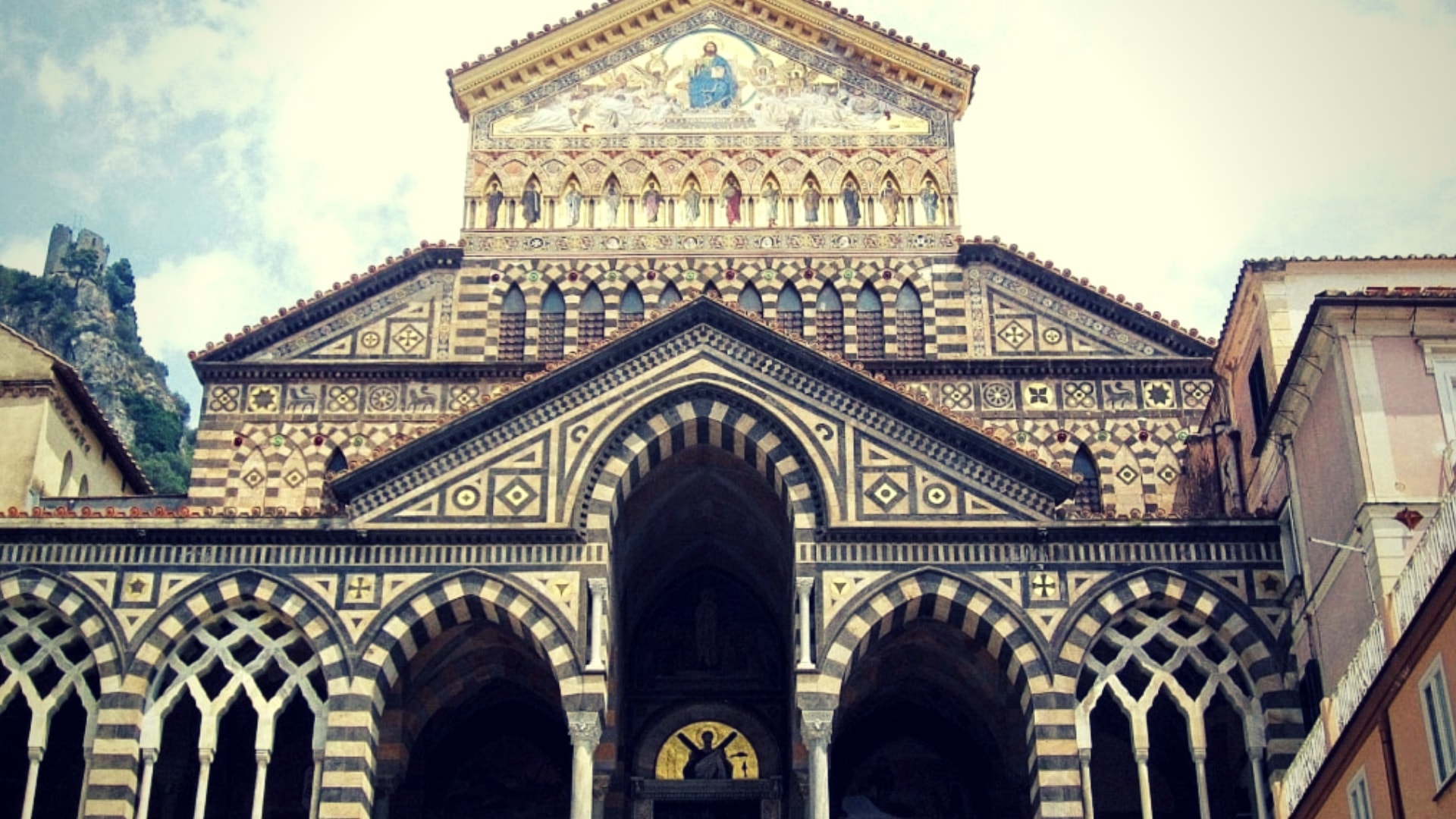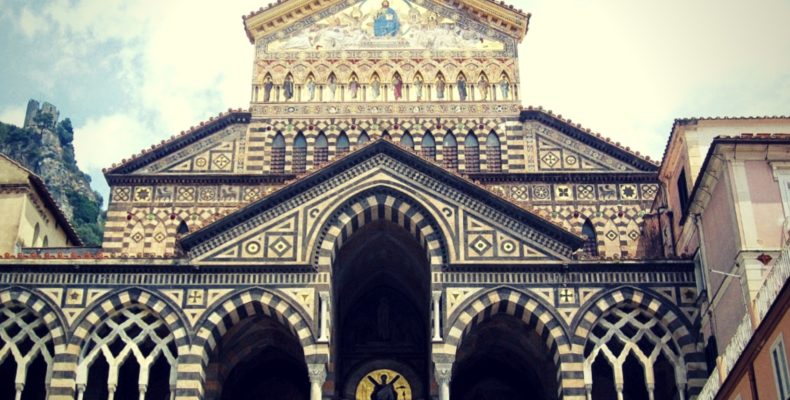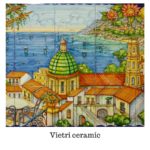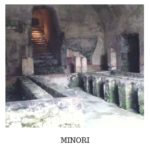How to reach the Divine Coast
The Amalfi coast is a wonderful place in which nature with its perfumes and smells, history and colours melt almost perfectly. A holiday in this paradise is necessary at least once a lifetime. Let’s start then by understanding how to reach the most important cities of the coast, so as to organise our trip in the best possible way. Once only accessible by the sea, the coast is today also accessible by land.
Indeed, you can reach Amalfi, Positano, Cetara, Maiori, Minori and Vieri using the ferries which will allow you to enjoy a breathtaking view, as well as avoid traffic, although you can use other means of transport as well. By car or by bus from the SITA transport line you can reach not only the cities that face the sea but also those on the inside, like the wonderful Ravello. However, you may fall Preyer to the traffic that characterises the Amalfi coast, especially in high season.
What to do?
The Amalfi coast offers tourists a wide range of experiences that can satisfy and type of traveller. If you love nature, beside lying on one of the many beaches to enjoy the marine life, you may decide to venture into the most pristine places of the area.
Among the most popular nature trails are the ones leading to the Valley of Ironworks (Valle delle ferriere) and the famous Path of the Gods (sentiero degli dei). It’s also possible to reach, exclusively by sea, some small, hidden beaches, where, in some cases, it’s possible to find some restaurants where one can enjoy and amazing meal in complete silence.
Not to be missed, obviously, are the Emerald Grotto (Grotta dello Smeraldo) in Conca dei Marini and the Fjiord of Furore (Fiordo di Furore), also famous for Marmeeting, a world competition of diving.
If you love history you can’t miss places succ as the Amalfi cathedral, the Roman Villa in Positano and the wonderful villas in Ravello.
Amalfi
The splendid Cathedral of Amalfi is available to visit everyday, within the set open hours; other than the entry ticket, everything is free. The ticket will also allow the visit of the Cloister of Paradise (Chiostro del Paradiso) and the diocesan museum (museo diocesano).
The cathedral was built when Amalfi was still one of the strongest maritime republics; when among its inhabitants it could count the legendary Flavio Gioia, inventor of the compass and the Amalfitans were expert sailors enough to write the Amalfian Laws.
The name Amalfi, according to the stories, would be tied to the foundation of the city. Some Roman nobles who were invited by Constantine to move to Constantinople, were shipwrecked by a storm during their trip and hard to take refuge in Puglia, where they founded the city of Melfi. Then, after deciding to to back, they arrived in the area of the modern Amalfi and here they founded a second city, Amalfi which comes ultimately from “a Melphes” (coming from Melfi).
Actually, there’s also some who say that the city could have received its name from a nymph whom was loved by Hercules and then buried on the coast but this is a less popular version. The only thing that is certain is that you have to venture yourself into the alleys of the city, which are very much similar to the ones in an Arabic city, and enjoy the view.
Positano and Minori
There two cities preserve the most beautiful remains of the passage of the Romans in these regions. Two-thousand years ago they hard already realised the potential of the Amalfi coast as a place to relax. Indeed, the first maritime villas come from as early as Roman times.
These are leisure villas, often equipped with a terrace and are reachable by sea. Luxurious places where leisure is king.
In Minori and Positano one can still admire the rests of two wonderful villas togheter with their frescos. The villa of Positano may have been owned by one of Augustus’ men, Pasides, whose name may have been the origin of the term Positano.
Ravello
Placed in the upper and most internal area of the coast, it may have been founded in the V century A.D. By the inhabitants escaping the pirates that were infesting the coasts making them dangerous.
Beside its Cathedral, a visit of the city should include its two most noted villas, which are Villa Rufolo and Villa Cimbrone.
Villa Rufolo was built at the start of the XIII century by one of the most powerful family in the area and features sumptous gardens which were portrayed by Boccaccio in his Decameron. From here one can also enjoy a breathtaking view that includes glimpses of the coast.
According to an ancient tradition Wagner found inspiration for his best work, the Parsifal, exactly in Villa Rufolo. Still, as some notice, the work was already well on its way to be completed by the time the composer reached Ravello.
Wagner is still celebrated here to this day by an annual music festival known as Ravello festival.
What to eat?
For the lovers of good food and wine, tha Amalfi coast is a paradise come to earth. Every city has something characteristic to offer but lemons and fish are kings.
Amalfi’s lemon, also called sfusato amafitano, is a key ingredient of many traditional recipes of the coast, ranging from the first course to the dessert, including liquors. It is impossible to not know the amalfitan limoncello or the limoncello cream. Just as it would be unthinkable to not experience a typical sweet with a very revealing name like lemon delight (delizia al limone).
If Amalfi is famous for its lemons, Cetara is famous for its anchovy dripping (colatura di alici). It’s a fish-base saune, specifically made from anchovies, which according to most should be the heir of the famous Roman garum.
In Maiori, on the other hand, you can taste chioccolate aubergines (melanzane al cioccolato) or squids with potatoes (totani e patate); in Minori the so called Minori’s “ndunderi” (gnocchi alla minorese) and in Atrani the so called sarchiapone. This is a recipe which has at its centre a green and very long pumpkin.
To accompany all this, one must chose one among the many wines produced in the area succ as the famous Costa d’Amalfi.
Guided Tours
All in all, as you may have realised there’s something for all tastes! To visit the coast one may chiose a theme, or may move from one attraction to the next. The only certainty is that, if you have a guide, you will optimise times and costs, while choosing unique places, less crowded and more characteristic places!
Guided tours: for further information, click here.







